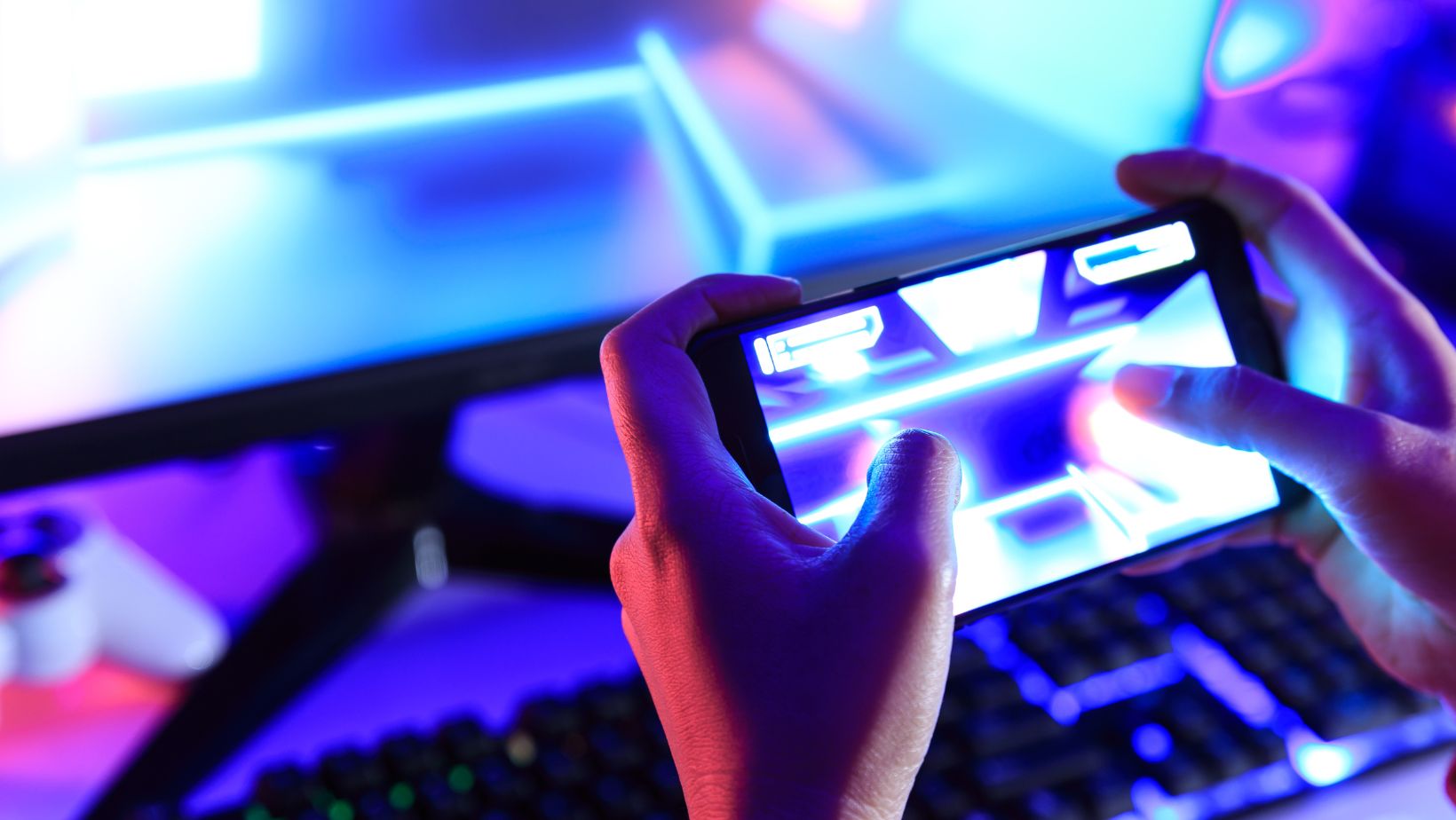
Modern life rarely pauses. Between constant communication, multitasking, and digital overload, relaxation has become not just a luxury but a skill. The meaning of “rest” has shifted from doing nothing to doing something restorative—activities that quiet the mind while keeping it gently engaged.
Today, relaxation takes many forms: mindfulness, movement, and even technology-based experiences. From quiet meditation to immersive digital games, modern methods of rest reflect the diversity of how we live, think, and recover.
The evolution of relaxation
In earlier generations, rest was defined by stillness. Reading, napping, or listening to music offered moments of calm after work or family obligations. As lifestyles changed, so did the ways we unwind. The modern concept of relaxation includes both analog and digital rituals—combining ancient practices with technological innovation.
Meditation apps, fitness trackers, and digital platforms are not replacing traditional relaxation—they are enhancing it. They create space for calm in the same environment that often causes stress: our devices. In this sense, relaxation has evolved from separation to integration.
The science behind relaxation
Psychologists define relaxation as the process of lowering stress responses and returning the body to balance. When we rest, our nervous system shifts from “fight or flight” to “rest and digest.” Heart rate slows, muscles loosen, and the brain produces slower waves associated with creativity and reflection.
Modern relaxation methods are designed to trigger this state intentionally. Breathing techniques, guided meditation, and even digital play stimulate the parasympathetic nervous system—the part of the body responsible for calm. This physiological foundation explains why rest today is less about inactivity and more about rhythm and awareness.
Mindfulness and meditation as foundational tools
Meditation remains one of the most effective and accessible forms of relaxation. It teaches awareness without judgment, helping the mind return to the present moment.
What has changed is accessibility. Decades ago, meditation required guidance or community. Now, smartphone apps and online programs bring mindfulness to anyone with a few spare minutes. These tools use sound, repetition, and gentle reminders to help users develop a sustainable habit.
While meditation may seem like the opposite of digital engagement, it uses the same devices that usually distract us. This paradox is at the heart of modern relaxation: technology as both challenge and solution.
The role of movement in relaxation
Relaxation is not always still. For many, movement—yoga, stretching, or walking—creates a sense of calm through rhythm and focus. Movement-based rest releases physical tension and improves attention by connecting body and mind.
This form of active relaxation has become a global trend. From virtual yoga classes to mindfulness walks in city parks, the idea is to replace mental noise with controlled motion. The body becomes a gateway to emotional balance.

Digital relaxation: merging play and calm
In recent years, relaxation has found a new dimension in digital spaces. Games, simulations, and online activities can provide focus, distraction, or flow—the state where time seems to disappear. The concept may seem contradictory, but for many, digital leisure is a form of decompression.
Platforms like Allyspin Casino represent this emerging space of digital calm. Designed with rhythm and focus in mind, such platforms create structured engagement that blends chance with control. The design emphasizes simplicity and pacing rather than excess or pressure.
When used with awareness, these experiences function similarly to puzzles, art apps, or interactive stories—helping users channel attention and unwind through interaction.
The psychology of flow
Psychologists describe “flow” as a mental state of complete absorption in a task. It is not passive relaxation but focused engagement that quiets external noise. Activities like painting, gardening, or digital play often produce flow because they balance challenge with reward.
Digital environments, when designed with intention, can recreate that same feeling. https://allyspin.app/ demonstrates how well-paced interaction can serve as a form of mindful focus. The rhythm of choice, chance, and outcome engages the brain’s reward system without overstimulation.
This type of experience does not replace meditation—it parallels it. Both allow the mind to rest through concentration rather than escape.
Technology as a space for calm
The idea of using technology to relax may seem paradoxical, yet it reflects the way we live. The devices that keep us connected also offer access to tools for balance. Podcasts, ambient sound apps, digital art platforms, and interactive games provide moments of peace in digital form.
The key difference between distraction and relaxation lies in intention. Conscious engagement turns a digital platform into a restorative space. The act of focusing on a slow, predictable, and aesthetic experience helps reduce mental clutter.
Platforms like Allyspin Casino illustrate this balance by combining clear design with moderate engagement. The result is an environment that encourages presence rather than urgency.
Family and shared relaxation
Relaxation is often viewed as an individual practice, but it also has a social dimension. Shared activities—family movie nights, cooperative games, or group mindfulness—strengthen connection and emotional safety.
Digital experiences can support this as well. Multiplayer games, shared playlists, and family-oriented digital entertainment allow people to relax together, bridging the gap between solitude and togetherness.
Relaxation, in this sense, is less about isolation and more about shared rhythm—finding collective calm in a connected world.
Creating balance between analog and digital rest
The most sustainable relaxation routines combine both physical and digital methods. A balanced day might include quiet meditation in the morning, movement at midday, and a digital experience in the evening. The goal is not to eliminate technology, but to redefine its purpose.
Modern wellness depends on moderation. Too much sensory input exhausts, but total withdrawal isolates. The healthiest approach is one of integration—learning when to engage and when to unplug.
Allyspin Casino reflects this principle through its design, merging stimulation with structure. Its deliberate pacing mirrors mindfulness in motion, creating a sense of rhythm rather than chaos.
The future of relaxation
As technology continues to shape our routines, new forms of relaxation will emerge. Artificial intelligence will personalize rest by recognizing mood and behavior. Virtual and augmented reality may soon simulate natural environments for urban dwellers craving calm.
Yet, the essence of rest will remain unchanged: awareness, rhythm, and release. Whether through breathing exercises, mindful movement, or digital play, the goal is to reconnect with balance.
Relaxation is no longer defined by absence—it is defined by presence.
The art of intentional rest
In a world that rarely stops, relaxation has become a deliberate act. It requires attention, boundaries, and the willingness to engage with calm as an experience, not an accident.
Technology, once seen as an obstacle to peace, now serves as a bridge toward it. Platforms like Allyspin Casino remind us that rest can take many forms—quiet, movement, or digital interaction. What matters is intention: using each moment, physical or virtual, to restore clarity and ease.


















